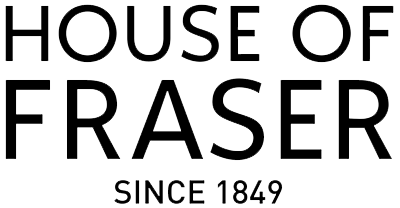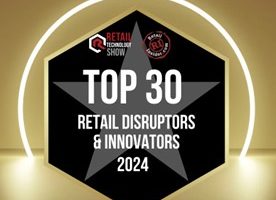As we head into 2017, which market trends should be at the top of the retail agenda? Retail Connections spoke to industry advisor, Ken Towle, to find out…
Trend 1: the importance of technology in shopper interactions
We are living in a world of very different consumer groups to years gone by. For example, there are a lot of people living longer, more single households with older women, more families who have broken up, more children staying at home into adulthood, and we now have the highest ever levels of women at work. All of these evolving demographics and external factors impact shopping behaviour.
For all of these differing groups, one of the uniting factors is the role of technology in how they shop, both digitally and physically. We live in a world where most people are comfortable with technology, and this is giving them access to a lot more information, brands and services.
Because of technology, few people are willing to buy without researching; reviews and price checking will continue to be key in 2017. Retailers are also having to deal with the increasing spending power of Millennials, who are digital natives and use tech within the retail experience like no previous generation.
Trend 2: clarity over Brexit
Brexit is almost impossible to escape as a talking point, and that is because there are lot of people searching for clarity.
People are pinning a lot on the early tangibles – for example, the currency exchange rates have changed, which allows businesses to plan, while our decision to leave may make the UK a better investment choice from those outside the EU. However, much of this early talk is based on sentiment, and we must wait until the uncertainty clears to start building the bigger picture.
Logically you’d think Brexit will have an impact on retail prices, but there are new trade deals to be done. Also market competition is holding prices artificially down; although they will edge up, there will be restraint on price rises and effort to make operational savings.
From a shopper perspective, in 2017 consumers will start to realise that certain everyday costs like petrol and holidays are increasing. The fact that the pound in their pocket is costing more is bound to make them grumpy.
So overall, our EU exit plan will result in a period of short-term irritation for us all before the fog clears and the true future of Brexit emerges.
Trend 3: ironing out the final kinks in digital retailing
Digital retailing is amazing, and those consumers that have grown up with the capability at their fingertips to search and find services don’t appreciate what they’ve got. However, there are still issues to be ironed out next year.
For example, ease of ordering doesn’t matching ease of fulfilment. If a product can fit through a letter box all is well. However, the idea of sitting in waiting for a delivery all day is not appealing to most consumers, which is why cross-channel services like click-and-collect will continue to grow in 2017.
Trend 4: the empowered store associate
The store associate’s role will be more important in 2017 than ever before. Expectations surrounding their knowledge are rising, and as people instinctively trust other people, this really raises the stakes for front-line staff. They will not only directly make the sale, but potentially underpin the entire customer relationship.
There’s also an interesting conversation around the store associate’s wider role within the business. The supply chain has become extended, with an increasing number of retailers using store inventory and resources to fulfil online orders – repurposing stores to fulfil more than one function.
This means that the store associate’s role will still continue to be very functional and rooted in movement of products. Physically this is quite pressured; it’s a process that needs to be done efficiently and effectively, as mistakes are costly to a retailer.
Trend 5: redefining what success looks like
One final thing I think we’ll see more of next year is people who are running businesses taking time to understand what constitutes a good outcome.
Take Jeff Bezos of Amazon as an example. He believes that the best long-term value for shareholders will be delivered not necessarily by profit, but by excellent customer service. As such, he has invested in an infrastructure that gives Amazon a big competitive advantage. Contrast this with other public companies that are more sensitive to quarterly earnings reports, and therefore can act in a more risk averse or near-term focussed manner.
Every organisation needs to hold onto things that are culturally important to them, whilst still adapting to the varied and multifunctional roles arising as a result of some of the other trends I have discussed. This means having a clear idea of who you are and what you want to achieve in a constantly changing picture of development.


















